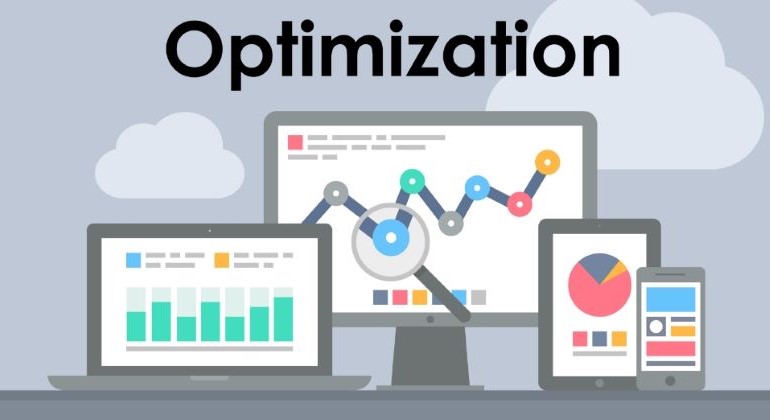
In today’s fast-paced world, managing technical debt while maximizing your CRM’s value is crucial for effective Salesforce sales pipeline management. In this blog, we’ll cover five technical best practices to help you minimize technical debt and make your CRM implementation more effective. We’ll also explore how to effectively use Flow and Apex to ensure high performance and scalability. These practices will help you increase return on investment (ROI) and reduce total cost of ownership (TCO).

1. Invest in Non-Functional Requirements
Non-functional requirements often get overlooked, but they are critical to your CRM’s long-term success. Many organizations delay implementing non-functional requirements because they don’t directly tie to business goals. However, best practices in non-functional requirements can:
~ Reduce Development Costs: Expect a 20-30% reduction in overall costs.
~ Boost Productivity: Increase productivity by 20-40% using efficient design.
~ Enhance Quality: Reduce defects by up to 60%, leading to fewer issues.
~ Faster Time-to-Market: Get your product to market 15-25% faster.
~ Increase Security: Minimize vulnerabilities to cyber threats.
~ Improve Scalability: Increase scalability and flexibility by up to 50%.
According to CRM.org, companies see an $8.71 ROI for every dollar spent on CRM. This highlights the importance of implementing best practices early to maximize value.
2. When to Use Flow vs. Apex
Choosing between Flow and Apex can be tricky. The key is knowing when to use each. Here’s how you can decide:
~ Use Flow for Simplicity: A flow with fewer than 20 elements is manageable and easier to maintain.
~ Use Apex for Complex Scenarios: For larger, more complex tasks, Apex provides better performance and scalability.
~ Avoid Mixing Automation Types: Stick to either Flow or Apex to avoid order-of-execution issues.
Key Considerations:
~ Flows are best for straightforward automation with fewer elements.
~ For six- or seven-figure records, Apex handles large data volumes better.
3. Flow Best Practices
When using Flow, keep these practices in mind:
~ Keep Flows Simple: If a Flow exceeds 20 elements, break it down using Subflows.
~ Avoid Loops on Large Records: Only use loops on objects with manageable records and indexed fields.
~ Know Flow Transactions: Understand Flow transaction limits and order of execution to avoid performance bottlenecks.
~ Beware of Recursion: Flow recursion can happen in unexpected ways; use a Trigger Framework to handle it.
~ Use Decision Elements for Deletes: Always add decision elements before performing delete operations.
~ Bulkify Flows: Ensure your Flows handle bulk records efficiently, similar to Apex bulkification.
4. Apex Best Practices
For more advanced automation and apex best practices, Salesforce, Apex offers great flexibility. Follow these best practices:
~ Focus on Security: Use sharing rules like “with” or “without” sharing to manage record visibility.
~ Use User Mode in SOQL: Opt for SOQL queries that respect user privileges to ensure data security.
~ Avoid SOQL in Loops: Preprocess records to avoid unnecessary SOQL queries inside loops.
~ Bulkify Code: Handle large datasets by processing lists and using Maps for correlation.
~ Leverage Asynchronous Apex: Use Batch-Apex or Queued-Apex to handle CPU-heavy tasks and large data sets.
~ Document Configuration: Use custom labels and metadata to allow flexibility in future configurations.
By using Apex’s asynchronous features, you can handle large-scale tasks more efficiently and maintain performance.
5. Error Management Best Practices
Effective error management can prevent small issues from becoming major problems. Consider using an Error Management system to:
~ Log All Errors: Track errors in code, Flows, and Lightning components.
~ Set Up Automatic Notifications: Notify administrators based on the type of error, preventing escalation.
~ Monitor Test Classes: Track failing tests and log these errors for further review.
Having a central error log helps you maintain visibility on potential problems. Set up dashboards to monitor error trends and take action early.
Implementing these technical best practices will reduce salesforce technical debt and maximize the efficiency of your CRM, particularly in Salesforce sales pipeline management. By investing in non-functional requirements and balancing Flow and Apex usage, you can boost productivity, enhance performance, and achieve faster time-to-market. Additionally, adopting error management best practices ensures that you catch issues before they impact your system. Remember, the key to a successful CRM lies in following CRM best practices from the start.
Collaborating with a best Salesforce consultant can also help you navigate these optimizations effectively. Use these practices to minimize salesforce technical debt and get best return on your CRM investment!



